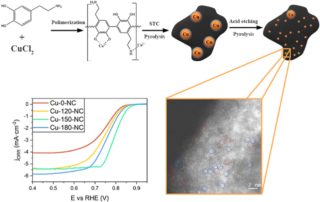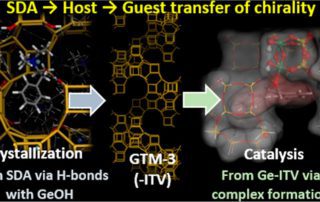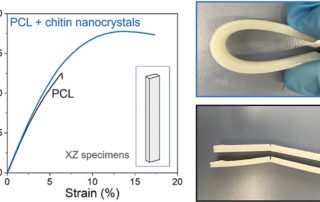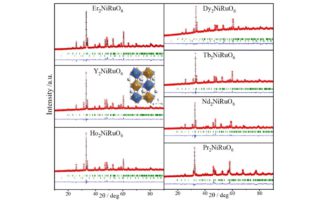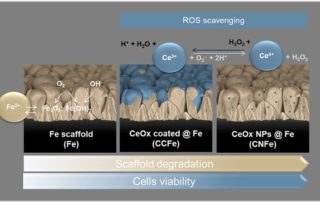Building robust copper nanostructures via carbon coating derived from polydopamine for oxygen reduction reaction
Authors: Cebollada, J; Sebastián, D; Yamasaki, J; Agúndez, J; Lázaro, MJ; Martínez-Huerta, MV
Article.
Mater. Today Nano. vol: 28. page: 2588-8420.
Date: DEC. 2024.
Doi: 10.1016/j.mtnano.2024.100536.
Abstract:
This study explores the synthesis and electrocatalytic performance of copper-nitrogen-carbon composites formed by Cu single atoms/clusters embedded in nitrogen-doped carbon with Cu/Cu2O nanoparticles (Cu-X-NC) for the oxygen reduction reaction (ORR). The catalysts were synthesized using [read more]



